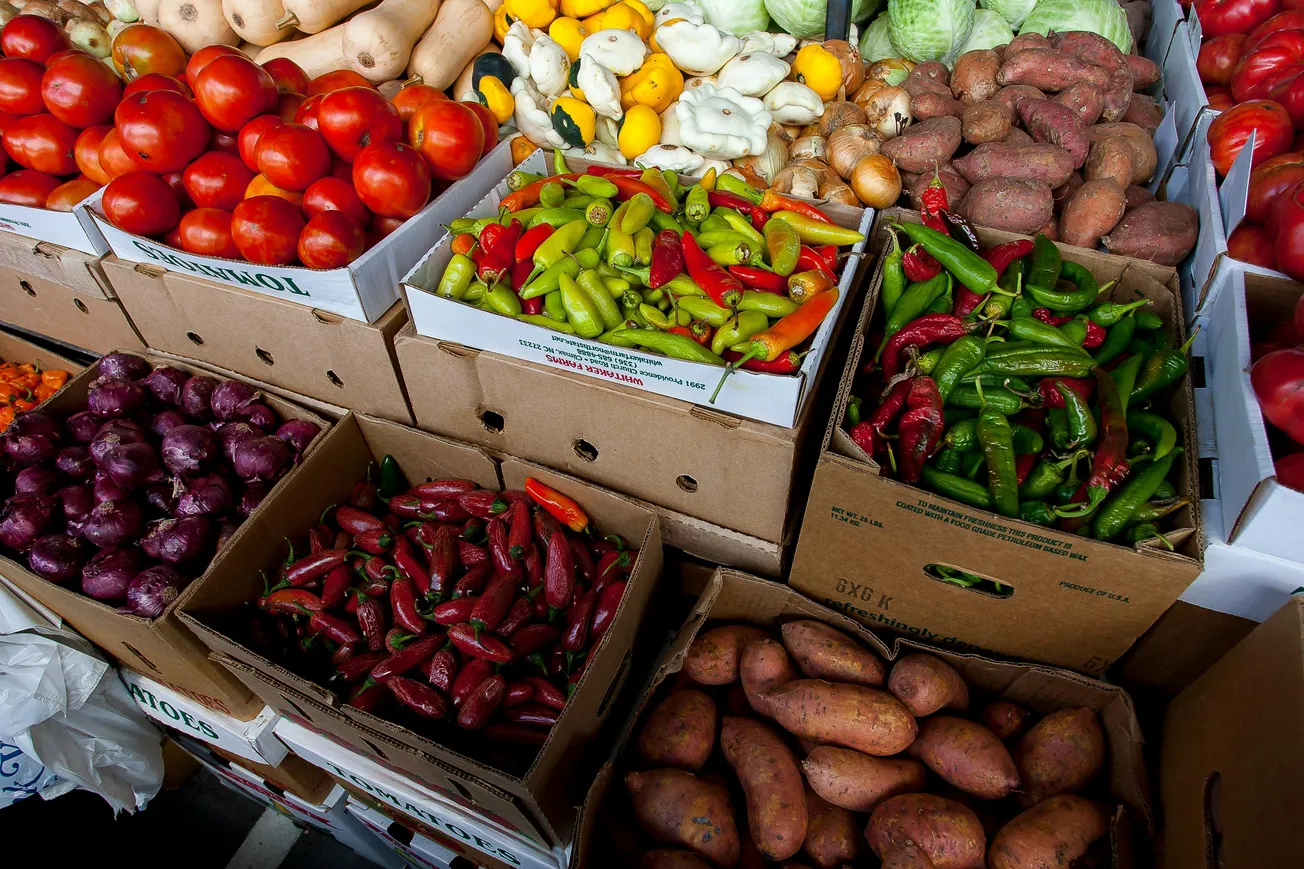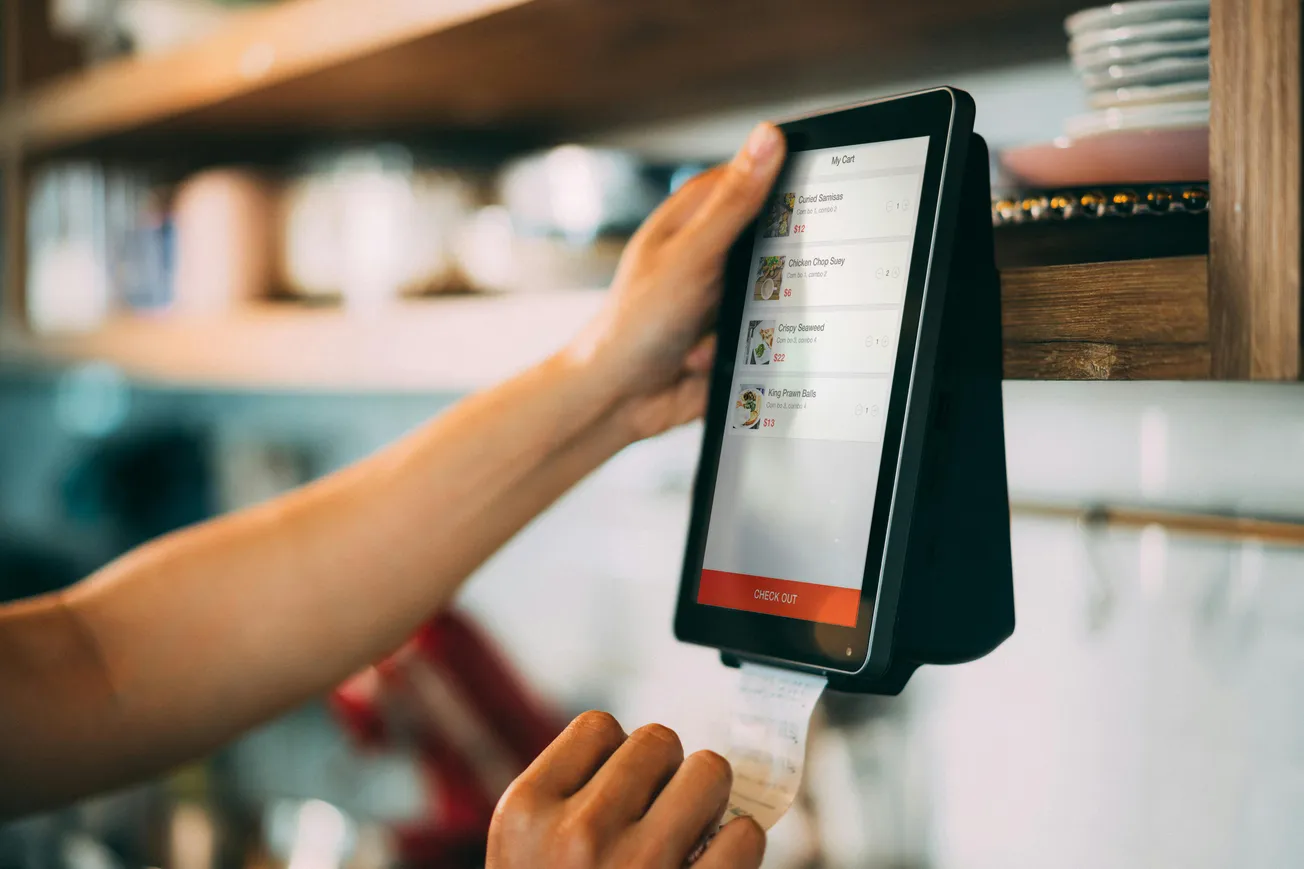
Local Grocery Industry Adapts to Omnichannel Shifts in NWA
Northwest Arkansas’s grocery industry is transforming as Walmart and regional players expand digital services, reshaping the workforce and strengthening local food connections.

Northwest Arkansas’s grocery industry is transforming as Walmart and regional players expand digital services, reshaping the workforce and strengthening local food connections.

DBB’s latest coverage explores repeat bankruptcies in retail, seafood supply chain shifts, and how AI from the intelligence world is securing freight networks, spotlighting critical trends shaping omnichannel strategy.

SupplyChainBrain’s E‑Commerce/Omni‑Channel hub offers executives supply‑chain insights on integrating digital and physical retail, covering fulfillment innovation, inventory visibility, and logistics in today’s omnichannel era.

Omnichannel logistics integrates inventory and fulfillment across digital, mobile, and physical sales channels, enabling seamless experiences, operational efficiencies, and greater customer loyalty.

Infobip demonstrates how auditing and optimizing retail touchpoints - via channels like email, SMS, and WhatsApp - can double purchase frequency, lower ad spend, and elevate personalized omnichannel customer journeys.

DBB’s newest editorial highlights Walmart+ grocery growth, meat retail volatility, and mattress industry disruption plus podcast insights into leadership, Gen Alpha, and supplier collaboration.

While ship‑from‑store offers fast delivery, HBR finds that fulfillment failures like missing or substituted items undermine trust, reduce repurchase rates, and necessitate greater focus on accuracy and inventory alignment.

Digital Commerce 360 reports that B2B leaders are embracing omnichannel strategies by integrating digital platforms, aligning teams, and upskilling employees to meet rising buyer expectations.

Printemps Manhattan shows how luxury department stores must evolve into immersive, hospitality‑led destinations to thrive in today’s experiential retail landscape.

Studies show that physical stores are strategic linchpins in omnichannel retail, enhancing engagement, boosting nearby online sales, and powering experiential innovation.

Retailers in 2025 are battling inflation, digital disruption, labor pressures, and structural decline, driving urgent shifts toward unified commerce and strategic reinvention.

Online grocery platforms are transforming consumer behavior with speed, convenience, and personalization, fueling rapid U.S. market growth and reshaping omnichannel retail strategies.

Grocery retailers are future-proofing operations with energy-efficient systems, smart refrigeration, and adaptable store tech to stay ahead of cost, climate, and customer demands.

Consumers are making more frequent, smaller grocery trips—fueling the growth of ethnic markets and fresh-format stores across the U.S.

Supply chains are strengthening resilience through supplier diversification, advanced scenario planning, and tools that enhance global transparency and agility.

As labor shortages persist, supply chains turn to automation not just for efficiency, but to retain employees and build resilience through trust-focused strategies.